Description
Tanya Zajdel – Healing Trauma Through Sound And Music download , Tanya Zajdel – Healing Trauma Through Sound And Music review , Tanya Zajdel – Healing Trauma Through Sound And Music free
Tanya Zajdel – Healing Trauma Through Sound And Music
Sound and music helps stimulate our nervous system’s capacity to heal itself through vagus nerve stimulation.
Join this online Healing Trauma Through Sound And Music Program expert-led theory modules and body-based therapies to help release and heal trauma lingering in the body:
- Releasing chronic anxiety and restoring an inner sense of safety within the body
- Unlocking our body’s innate wisdom to heal through soothing frequency and vibration
- Activating our natural neuroplasticity to reframe heavy memories and emotions
- Reclaiming sleep and calm by downregulating the hypervigilant nervous system
- Releasing worry and overwhelm lingering in the body from old patterns and beliefs
- Resolving anger and rage through compassionate self-inquiry
- Reconnecting with inner playfulness, trust, and curiosity
Words can sometimes only access a fraction of our trauma. Our bodies tell the rest.
Unhealed trauma stays alive in our bodies and can take the form of migraines, body aches, fatigue, and insomnia.
This is our nervous system’s way of voicing our unspoken pain. We can view these symptoms as a call to heal deep-seated fears, anxieties, and distress.
Often, we can find these feelings too difficult to unearth.
They may remain buried and can seep into other aspects of our lives. For example, we may find it challenging to recognize our own value, feel safe in our bodies, or connect meaningfully with others (van der Kolk, 2014).
Pain from the past is often stored as sensations and emotions rather than a narrative (MacIntosh, 2003). It can feel difficult to shape our trauma into words – and we shouldn’t have to.
Therapeutic music and sound can offer a soothing, non-intimidating way to release trauma.
Trauma and music are both sensory experiences. This means that music may be able to bypass our conscious barriers and induce neuroplasticity (Sihvonen et al., 2022).
Therapeutic music and sound do not ask us to relive our trauma, explain our feelings, or modify our negative thoughts. Instead, it invites us to be open and curious about our inner emotional worlds.
It invites us to listen.
The story of our pain lies beneath our behavior, beneath our thoughts, and beneath our words.
Research has shown that therapeutic sound and music can help us begin a safe dialogue with three main parts of ourselves (Landis-Shack et al., 2017; Porges, 2017; Scrine, 2021).
- Our fearful, anxious self
- Our safe, secure self
- Our creative, expressive self
Our fearful, anxious self
Our deep-rooted fears can often feel too difficult to confront in our conscious minds. Therapeutic music can help us safely process painful, unconscious material (Scrine, 2021).
This explains why therapeutic sound has been found to reduce emotional distress and improve mood (Landis-Shack et al., 2017).
By giving voice to our fearful, anxious self, we can begin to build a renewed identity outside of trauma.
Our safe, secure self
The rhythmic activity of therapeutic music can elicit sensations of safety, according to neuroscientist Dr. Bruce Perry. This helps to shift our bodies from a state of fear into a state of security.
Therapeutic sound stimulates our vagus nerve, which can help to maintain this sense of safety within the body (Porges, 2017). A strengthened vagus nerve can increase our resilience to stress and help us better regulate our emotions (Porges, 2017).
By giving voice to our safe, secure self, we can begin feeling grounded within ourselves.
Our creative, expressive self
Therapeutic music and sound can empower us to creatively reconstruct our experience of trauma.
Therapeutic music not only calls our memories to the surface but can also enhance the renewal of these memories.
Whilst we can activate memories of pain, we can also activate memories of competency, pleasure, enjoyment, focus, and power (van der Kolk, 2006).
By giving voice to our creative, expressive self, we can begin to reimagine our story and appreciate our strengths.
This is why Rewire Trauma Therapy has created a specialized Healing Through Sound and Music program which guides you through polyvagal-informed, trauma-healing sound and music techniques.
Introducing Healing Trauma Through Sound and Music: Techniques To Help Us Give Voice To Our Inner Selves
Seven Expert-Guided Techniques:
Technique 1: The Soundtrack Of My Life
In this flow, follow writing prompts to begin noticing patterns in the music throughout your life to help identify the kinds of music you can use as a supportive tool.
Technique 2: Observing Silence
We are more inclined to observe characteristics of sound and music than silence. This outflow will help you practice observing and extending the silence, as opposed to sound.
Technique 3: Tuning The Drum
In this outflow, explore and observe tensions throughout the body and slowly release those tensions with a Buffalo drum.
Technique 4: The Little Refrain
In this exercise learn how to create your own 4-word chorus/refrain to a song in accordance with your breathing to serve as a familiar soothing anchor among changing life elements.
Technique 5: Finding Your Voice
The voice is the instrument to which we are most intimately connected. In this outflow, play with muffling and releasing the voice to help increase feelings of connectedness with the self and others.
Technique 6: Sound Of The Self
In this outflow, utilize a brief mantra, paired with sound bowls, to connect with and ground the body through the incorporation of simple melodic voicing.
Technique 7: Mapping Your Sound Journey
In this outflow, connect all the previous exercise experiences with a final journal prompt to help you continue using sound and music in ways that are most beneficial to you.
Bonus Sound and Music Techniques
- Bonus Technique 1: Guided Meditation
- Bonus Technique 2: Sound Journey
- Bonus Technique 3: Releasing Tension
Exercises and other portions of this program have been adapted from material originally published in In Tune: Music as the Bridge to Mindfulness by Richard Wolf, Copyright © 2019 by Richard Wolf. Adapted and published by permission of the publisher, The Experiment, LLC.
Nine Expert-Led Theory Modules:
Module 1: An Introduction To The Impact Of Sound And Music With Dena Register (38-mins)
- Defining sound healing
- Differentiating sound healing from music threapy
- Understanding how sound and music impact the brain
- Understanding the reflexive framework of music
Module 2: Understanding The Trauma-Informed Use Of Music For Healing With Dena Register (45-mins)
- Understanding sound and music experience
- Understanding the role of music in radical healing
- Outlining the trauma-informed use of music
- Outlining 7 sound practices to implement in daily life
Module 3: An Introduction To Music Therapy With Aaron Lightstone (37-mins)
- Explain the history of music healing
- Defining music therapy
- Defining music care
- Exploring music therapy research
Module 4: Polyvagal Theory & Music Healing With Aaron Lightstone (27-mins)
- Defining music as universal
- Understanding how music experiences affect brain activity
- Understanding Polyvagal-informed music therapy
Module 5: Understanding Music Therapy In Practice With Aaron Lightstone (44-mins)
- Exploring music therapy approaches to trauma treatment
- Outlining examples of music therapy in practice
- Discovering ways to integrate music care into our everyday life or therapy room
Module 6: The Development And The Process Of The Safe And Sound Protocol (SSP) With Heather McDuffie (38-mins)
- The development of SSP and who practices and performs it
- Explore how music and sound stimulate the brain
- Explore how sounds can affect levels of activation in our body
Module 7: The Mechanisms And Effects Of Sound And Music On The Body With Heather McDuffie (49-mins)
- Understanding ear mechanics and auditory zoom
- Explore the neural effects of safe sounds on the body
- The role of prosody and computer enhanced music on the body
Module 8: The Impact Of Hearing And Sound On Behavior With Heather MacDuffie (32-mins)
- The relationship between neuroception, interoception, and reduced sensory capabilities
- Understanding the systems of social engagement
- Sorting through sounds and “brain noise”
- Explore the recorded effects of the SSP on behavior
Module 9: The Practical Applications Of SSP With Heather MacDuffie (26-mins)
- Case history examples
- Music and memory
- How hearing and sound can expand our experience
- Key takeaways from the SSP
Frequently Asked Questions:
- Innovative Business Model:
- Embrace the reality of a genuine business! Our approach involves forming a group buy, where we collectively share the costs among members. Using these funds, we purchase sought-after courses from sale pages and make them accessible to individuals facing financial constraints. Despite potential reservations from the authors, our customers appreciate the affordability and accessibility we provide.
- The Legal Landscape: Yes and No:
- The legality of our operations falls into a gray area. While we lack explicit approval from the course authors for resale, there’s a technicality at play. When procuring the course, the author didn’t specify any restrictions on resale. This legal nuance presents both an opportunity for us and a boon for those seeking budget-friendly access.
- Quality Assurance: Unveiling the Real Deal:
- Delving into the heart of the matter – quality. Acquiring the course directly from the sale page ensures that all documents and materials are identical to those obtained through conventional means. However, our differentiator lies in going beyond personal study; we take an extra step by reselling. It’s important to note that we are not the official course providers, meaning certain premium services aren’t included in our package:
- No coaching calls or scheduled sessions with the author.
- No access to the author’s private Facebook group or web portal.
- No entry to the author’s exclusive membership forum.
- No direct email support from the author or their team.
We operate independently, aiming to bridge the affordability gap without the additional services offered by official course channels. Your understanding of our unique approach is greatly appreciated.
- Delving into the heart of the matter – quality. Acquiring the course directly from the sale page ensures that all documents and materials are identical to those obtained through conventional means. However, our differentiator lies in going beyond personal study; we take an extra step by reselling. It’s important to note that we are not the official course providers, meaning certain premium services aren’t included in our package:
Refund is acceptable:
- Firstly, item is not as explained
- Secondly, Item do not work the way it should.
- Thirdly, and most importantly, support extension can not be used.
Thank you for choosing us! We’re so happy that you feel comfortable enough with us to forward your business here.
- Innovative Business Model:

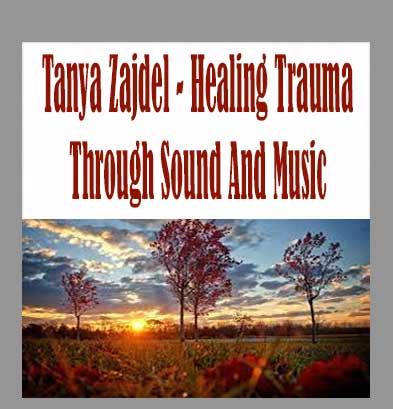
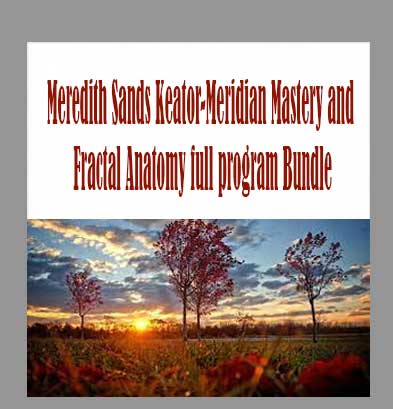
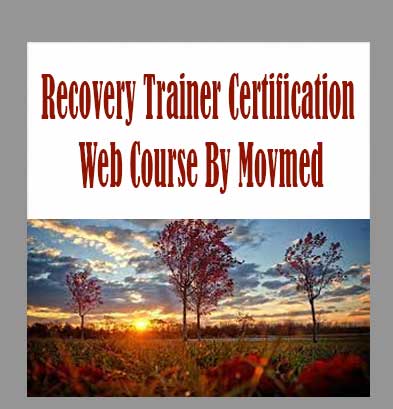

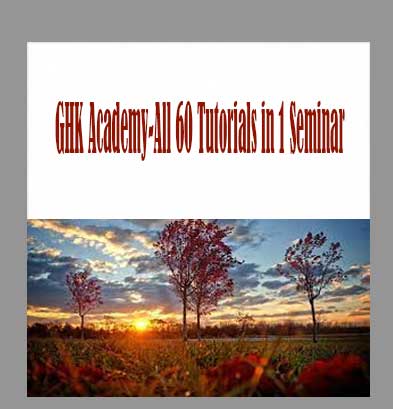
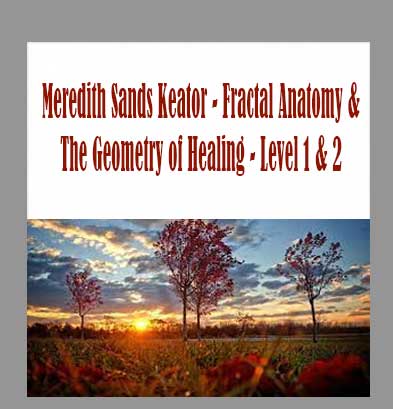
Reviews
There are no reviews yet.